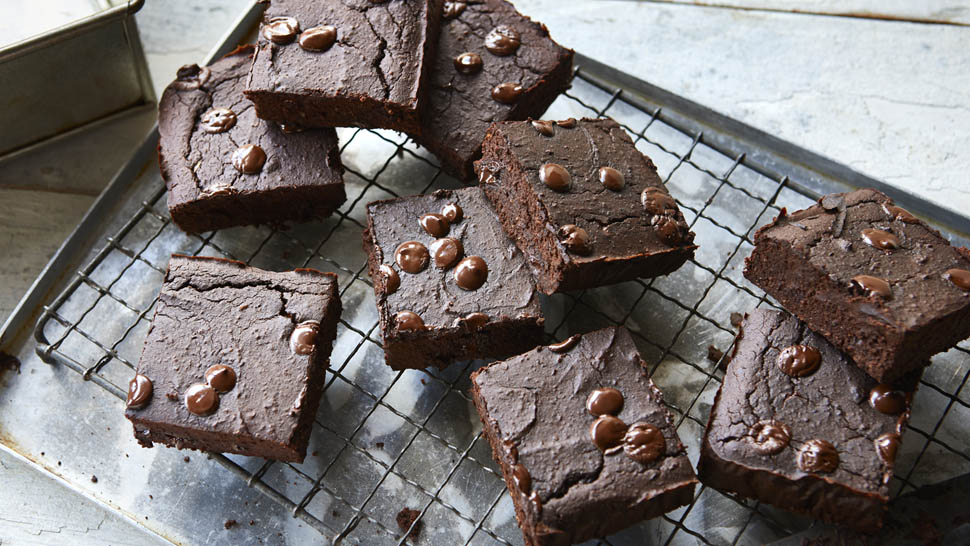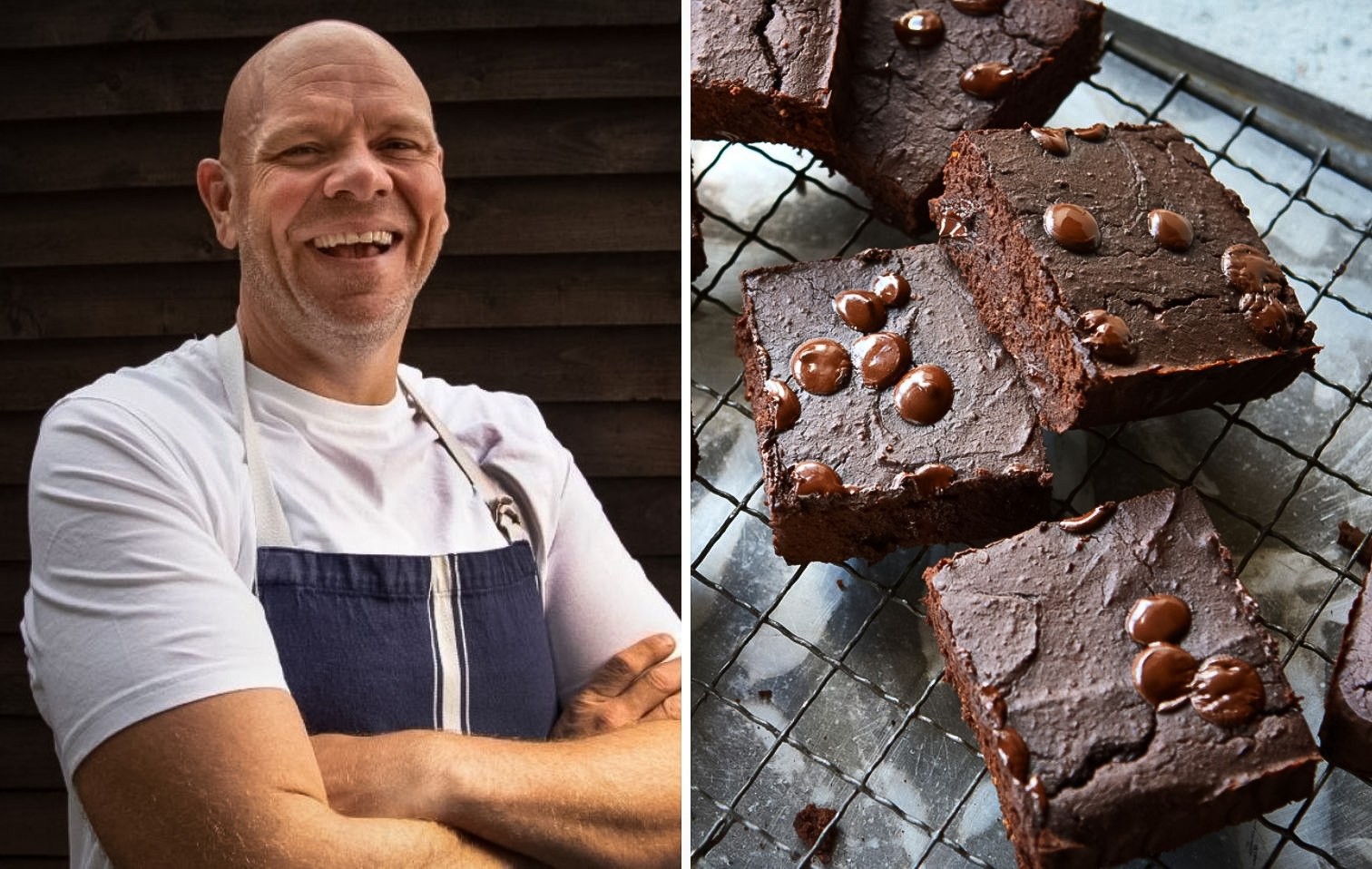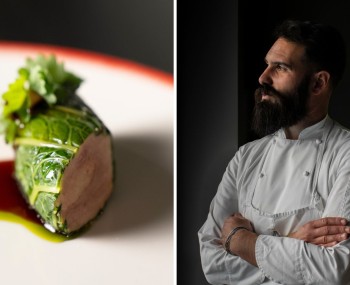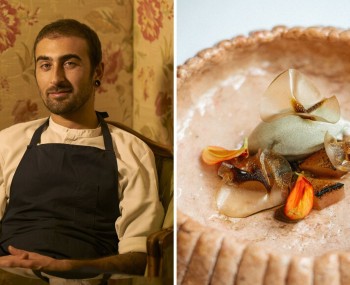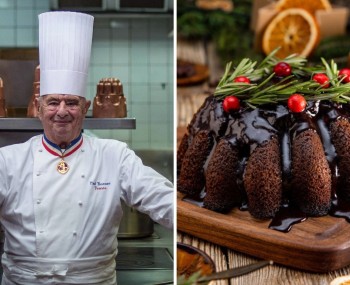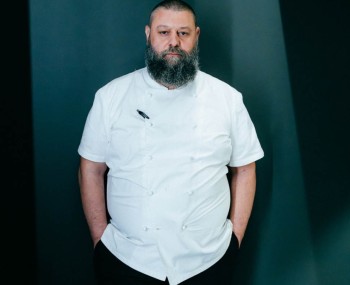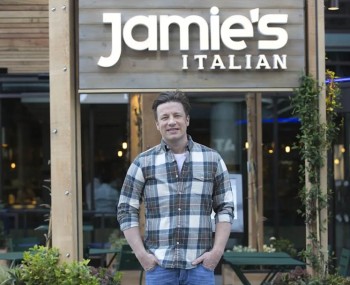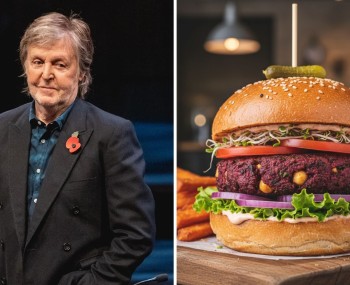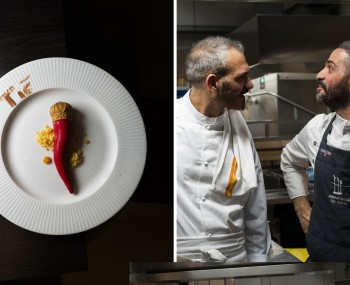Not even a hint of flour and lots of beans in the dough: Tom Kerridge's brownies rely on the legume to compact the chocolatey heart of the famous "cube cake."
Photo and recipe taken from the BBC website
The story
It is the decidedly generous “heart” that makes brownies a beloved dessert at every latitude: their all-butter texture, made firm by fondant, manages to put even the sworn enemies of sugar to shame. As chance would have it, it was a rampant Chigaco business woman, Bertha Palmer, who commissioned the recipe from the pastry chef of the hotel she owned with her husband, asking him to make a cake practical enough to fit comfortably in a “schiscetta", lunch box.

The reason? To give women a justifiably sinful break after the energy expended in the sessions of the Chigaco World's Columbian Exposition, a large fair with a women's pavilion for which Bertha was precisely responsible. Since that first, fragrant bake, the chocolatey trail has never ceased to colonize home kitchens whenever lack of time inexorably coincides with the desire to pamper; yes, because the brownie was born inclusive, easy dough and flash baking, with no need to spend half an hour slicing apples or layering dozens of ladyfingers.
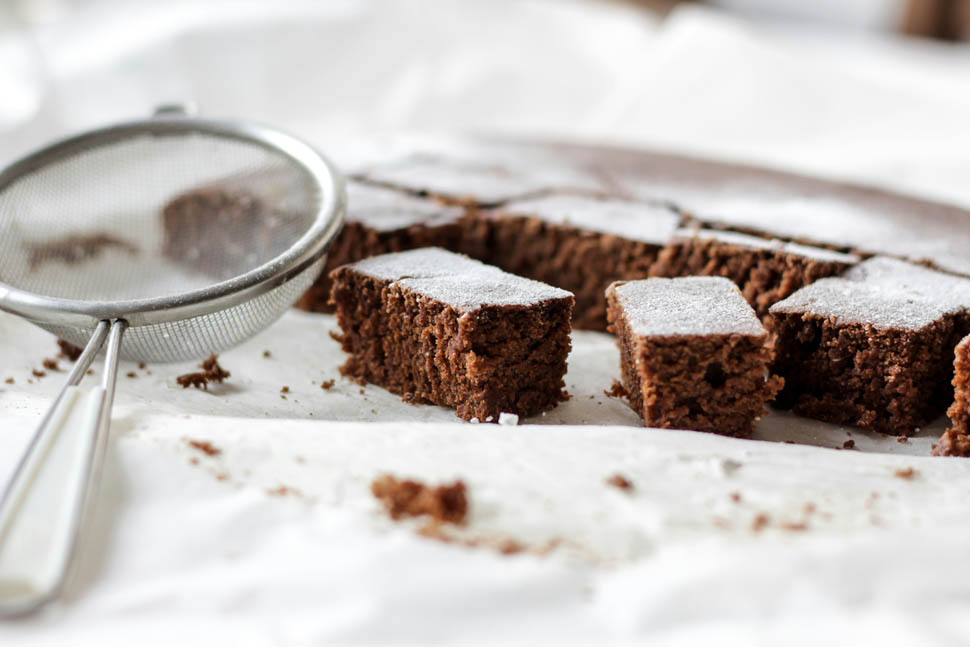
The variants
To tell the truth, the original Palmer House Brownie did not yet include today's massive dose of “black gold,” the real star of the version devised by housewife Maria Willet Howard, who perfected it in 1907 by increasing the egg doses as well. And speaking of evolution, among the “modern” twists, the ingenious variation by award-winning chef Tom Kerridge, completely flourless, whose trick lies in the tactical addition of legumes, is striking.

The beans are tasked with further binding the mixture and giving it a solid starchy structure in place of the cereal. The process is reported by the BBC on the website of the same name, in the signature dishes section.
Tom Kerridge's bean brownies recipe
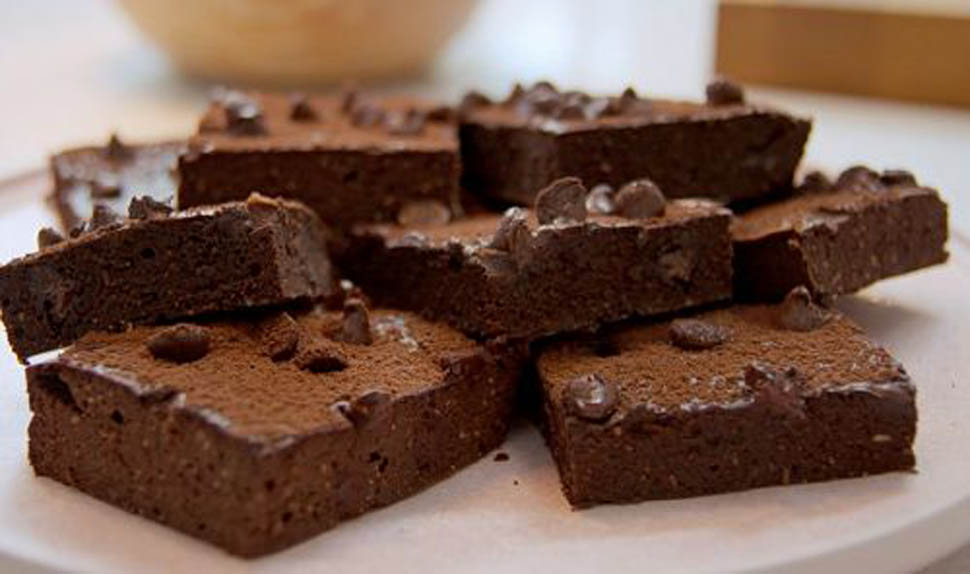
Serves 9 people
Needed: a 20-cm square cake mold
Ingredients
- 400 g canned black beans, drained and rinsed (the equivalent of 235 g after draining)
- 80 g of vegetable oil spread (this is a green-based cream, the vegan alternative to butter for those who do not want to use it as usual in the original recipe. However, you can substitute it for the dairy-containing product if you prefer)
- 4 large eggs from free-range hens
- 60 g good-quality cocoa powder , plus 1 teaspoon for dusting
- 50 g ground almonds
- 1 tablespoon vanilla extract
- 2½ tablespoons maple syrup
- 1 teaspoon instant coffee
- 4 tablespoons granulated sweetener
- 60 g dark chocolate chips
Procedure
Preheat oven to 180°C (350°F) if ventilated or 160 if using gas. Line a 20-cm square baking dish with baking paper.
Place the black beans and veg spreadable cream in a food processor and blend until smooth. Add the eggs and blend again briefly until well blended. Transfer the mixture to a large bowl.
Add the cocoa powder, ground almonds, vanilla extract, maple syrup, coffee, sweetener, and half of the chocolate chips. Stir energetically to blend evenly.
Pour the mixture into the lined baking pan and sprinkle the surface with the remaining chocolate chips. Bake on the middle rack of the oven for 18 to 20 minutes, or until firm to the touch on the surface.
Remove from the oven and allow to cool slightly before carefully lifting the brownie from the mold and cutting it into squares. Enjoy while still warm, sprinkled with a little sifted cocoa.
